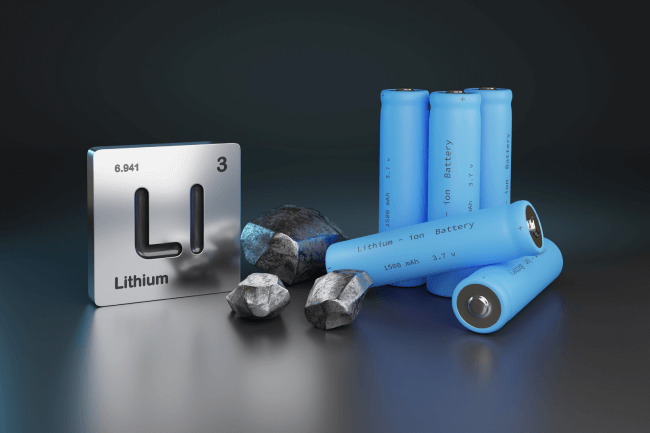Battery Self-Discharge: Inert Components Found to Contribute to Battery Degradation
Insights | 21-02-2023 | By Robin Mitchell
Recently, research investigating lithium-ion battery technology discovered that supposedly inert materials lead to degradation and self-discharge, reducing battery longevity and energy storage capacity. The discovery highlights the importance of understanding the role of electrolytes in charge and energy storage and the need for improved materials such as PET to improve battery performance. What challenges do batteries face, what did the researchers discover, and how could such discoveries help with future battery design?
What challenges do batteries face?
Batteries are a vital technology in the field of electronics as they provide circuits with a source of reliable electric power when disconnected from mains electricity. In fact, batteries were the first source of reliable electricity developed by mankind and were crucial in early experiments that included the invention of the electric motor, the light bulb, and the discovery of electrical principles such as V=IR.
Fast forward to modern times, and batteries find themselves in many consumer devices, including smartphones, remote controls, and tablets. At the same time, the automotive industry has come to rely heavily on batteries, including EVs, that aim to reduce global CO2 emissions. Even grid operators responsible for delivering mains power are exploring how industrial-sized batteries can provide grid stability during times of low energy output from renewables.
However, for all their advantages, batteries face many challenges. The first is that batteries are constantly faced with a battle between size, energy capacity, and cost. Smaller batteries are lighter, thereby more appropriate for portable devices, but this smaller size results either in a lower energy density or increased cost. Making batteries bigger allows them to be cheaper and store more energy, but this comes at the expense of being heavier, thus only being suitable for non-portable applications.
At the same time, different battery technologies exist, all of which have their own relative pros and cons. For example, lead-acid batteries are cheap and easy to manufacture but cannot be easily miniaturised for portable devices and have an extremely high weight-to-energy storage ratio. Lithium-Ion batteries provide engineers with an extremely high energy density solution that is small, but these batteries have a habit of becoming extremely dangerous during failure.
Then there is the holding capacity of batteries. Many batteries will eventually lose the charge they hold, even if not in use, and this is particularly true for lithium-ion batteries. This problem is made worse when considering that batteries have a limited number of charge cycles, with each charge partly damaging the battery's internal structure.
Researchers discover inert components contribute to self-discharge
Recently, researchers from Dalhousie University were looking into lithium-ion battery performance and subjected a number of batteries to various temperatures. During their experiments, it was noted that the internal electrolytic solution turned red, which is supposed to be clear. After conducting an analysis of the solution, it was discovered that PET inside the battery would release molecules capable of transporting charge between the electrodes of the battery. These molecules, called redox shuttles, result in the self-discharge of the battery, thereby reducing its capacity and longevity.
This research has highlighted the importance of engineers paying attention to every compound used to manufacture batteries. Materials such as PET are used exclusively because they do not react with electrodes, thereby reducing their impact on battery performance. However, now that it has been discovered that materials such as PET, which have been widely believed to be inert, can contribute to self-discharge, engineers will need to be more careful when selecting materials.

How can such discoveries help with future battery design?
By far, the biggest advantage to such discoveries is that engineers will be able to select materials that improve the longevity of batteries. Not only can batteries be made to last longer, but they will also be able to hold greater amounts of charge (as better materials will likely support greater energy densities).
Another major advantage to this discovery is that if batteries can be made to last longer, then the environmental impact of replacing batteries can be improved as fewer batteries are thrown away (due to their longer lifespan). Furthermore, these discoveries further improve our understanding of how batteries work at a molecular level, thereby allowing for more advanced batteries to be designed.
Overall, what the researchers have discovered is rather shocking, as materials such as PET have often been seen as inert. Now, battery manufacturers around the world armed with this information can look towards alternative materials to see if lithium-ion batteries can be improved.

